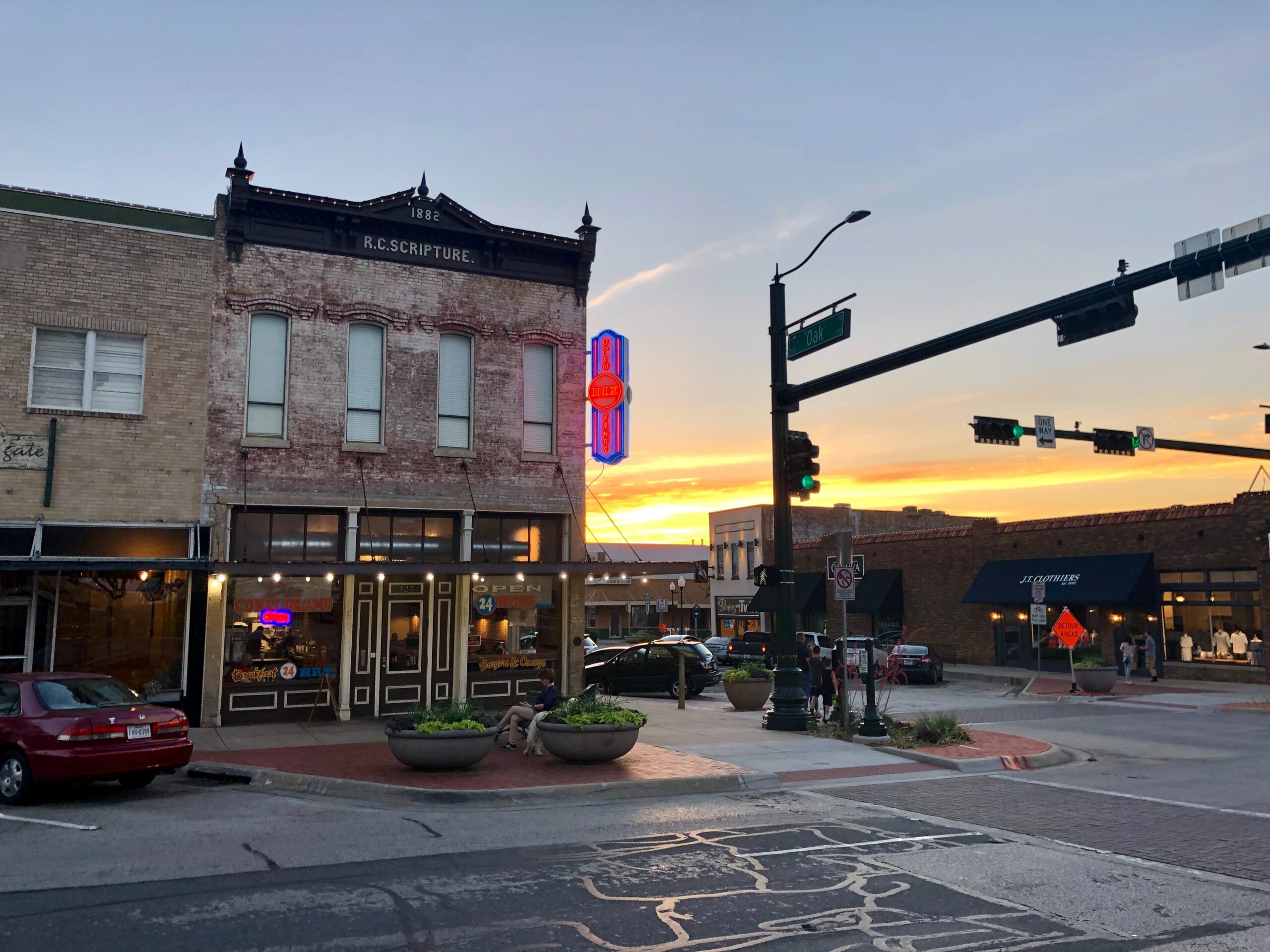Smart Growth America helped organize a coalition that urged the Environmental Protection Agency (EPA) to allow climate funds to go towards adaptive reuse projects in location-efficient areas. The decision by the EPA to grant this funding is a climate justice win.

Thousands of buildings lie vacant in rural and low-income communities, and not for lack of need. According to Main Street America, 80 percent of Main Streets don’t have the usable space they need for restaurants, retail, professional services, civic infrastructure, and affordable housing. However, reusing vacant buildings can require a significant investment, making these projects difficult for many communities to take on, particularly disadvantaged communities.
Despite the financial burden, rehabilitating location-efficient vacant buildings, or building upon vacant land in location-efficient areas, can help our nation reach its climate goals. Often called “adaptive reuse,” reusing existing buildings typically requires fewer carbon emissions than new construction, and developing in dense places reduces the need for environmentally costly sprawl. These climate benefits would be most useful for economically disadvantaged communities, which tend to be at risk to the most severe impacts of climate change.
Additionally, location efficiency is a key tenant of smart growth. Development in neighborhoods that are compact, connected, walkable, and mixed-use have a double bottom-line benefit on the environment–they both help reduce greenhouse gas emissions and lower energy consumption as people drive less (reducing vehicle miles traveled, a key driver of greenhouse gas emissions). Allowing adaptive reuse in location-efficient places would also support housing affordability, as demand continues to outpace supply, driving up the prices for housing and small businesses in location-efficient areas.
Recognizing the environmental benefits and significant financial barriers of adaptive reuse projects, Smart Growth America partnered with Main Street America to organize a coalition of advocates. Over the past several months, we’ve urged the Environmental Protection Agency to open up funds from its $27 billion Greenhouse Gas Reduction Fund (GGRF) for adaptive reuse and other location-efficient projects. Read our letter to the EPA > >
- America Walks
- American Council for an Energy-Efficient Economy
- American Institute of Architects (AIA)
- Architecture 2030
- Association for Preservation Technology International
- Invest Appalachia
- Local Initiatives Support Corporation (LISC)
- Low Income Investment Fund (LIIF)
- National Housing & Rehabilitation Association
- National Preservation Partners Network
- National Trust for Historic Preservation
- National Trust Community Investment Corporation
- Rural Community Assistance Corporation
- U.S. Green Building Council
A big win
On July 14, 2023, the EPA released Notices of Funding Opportunity for two critical GGRF programs: one for the National Clean Investment Fund (NCIF) and another for the Clean Communities Investment Accelerator Fund (CCIA). These programs will make billions of dollars available to organizations called Green Banks, which will finance projects to reduce carbon emissions from the built environment over the next several years. Though we’re awaiting clarification from the EPA on the possible uses for the CCIA, both programs appear to allow funding for adaptive reuse projects.
These dollars will begin to go out to communities in the Summer of 2024. And because 40 percent of funds from GGRF programs must go to disadvantaged communities, we hope to see this money reach the communities most in need of adaptive reuse projects.
We can no longer afford to unnecessarily increase emissions. It’s more important than ever that our local communities, particularly communities that are most at risk, are empowered to reuse some of their greatest assets—their abandoned, existing buildings and vacant land in location-smart places—to enhance climate resiliency and avoid the most harmful effects of climate change. Funding adaptive reuse projects through Green Banks is a valuable step in that direction.
Want to learn more about how smart investments can help rural America thrive? Read An Active Roadmap: Best Practices for Rural Mobility.